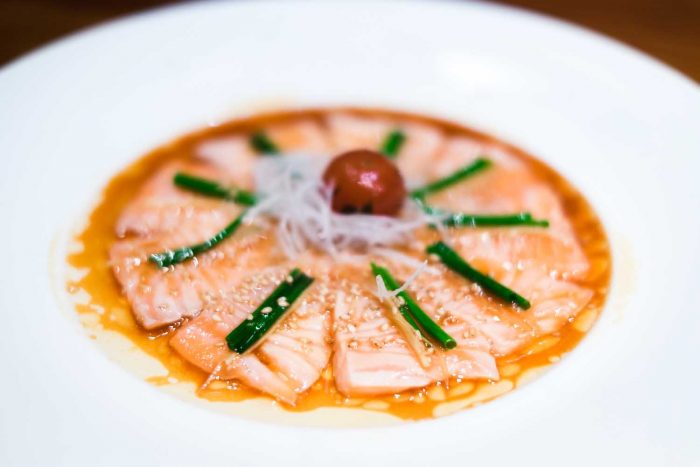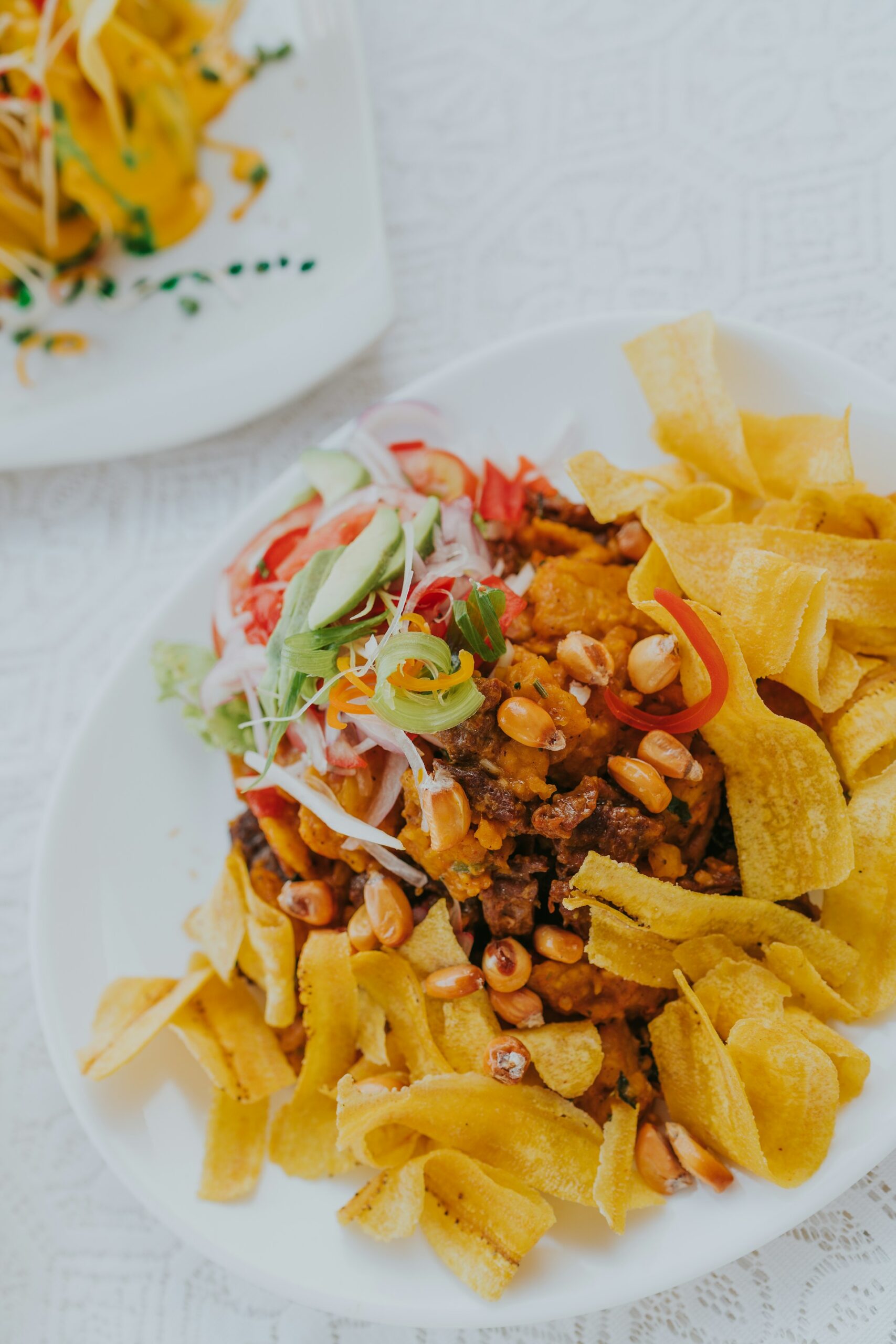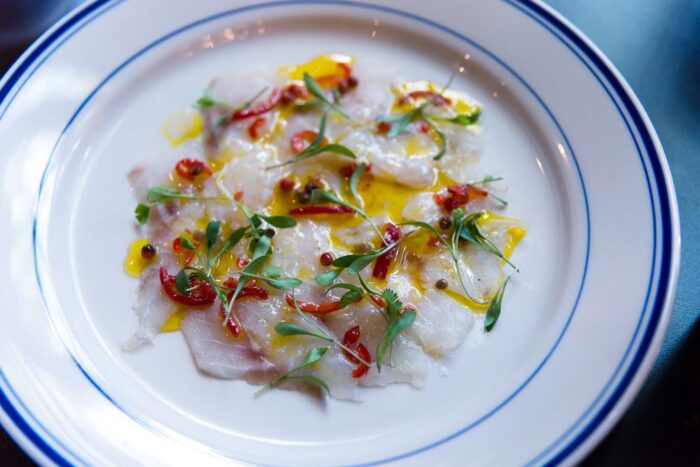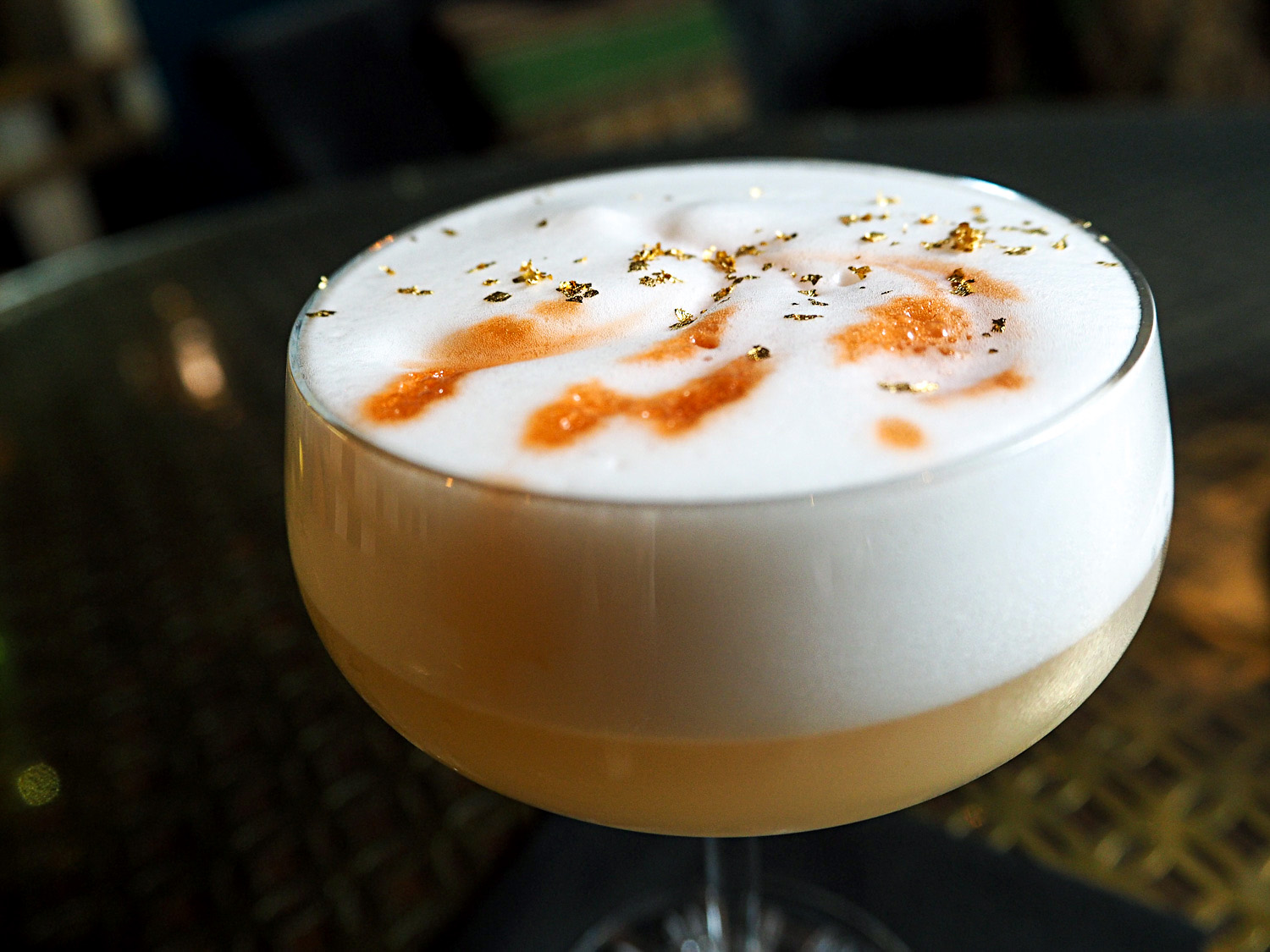The cooking style mixes ideas from native people, Spanish settlers, Africans, and Asians, resulting in a cuisine shaped by indigenous and global influences. For inspiration on recreating these authentic flavours, explore some classic Peruvian recipes to try at home that highlight how ceviche, ají de gallina, and other dishes keep Peru’s culinary identity alive.

An authentic Peruvian dining experience at home creates a link with a culinary tradition that developed alongside ancient sites in the Andean highlands. While the sacred Incan citadel is far from most kitchens, the dishes originating from its region have found their place in homes around the world.
Hosting a Peruvian-themed gathering offers more than just delicious food. The communal nature of Peruvian dining, with shared plates and a relaxed atmosphere, creates the perfect setting for meaningful conversation and connection with family and friends.
The Essential Ingredients for Authentic Peruvian Cooking
The heart of Peruvian cooking is found in its distinctive ingredients. Aji amarillo, a vibrant yellow chilli pepper, forms the basis of many traditional dishes. This fruity, moderately spicy pepper gives Peruvian food its special warmth and colour. While fresh aji amarillo can be difficult to find in the UK, jarred paste is available in specialty shops and online retailers. Many travellers who embark on gastronomic journeys to Peru return with a renewed appreciation for these authentic flavours.
Potatoes are another key feature of Peruvian cuisine, with many varieties appearing in classic recipes. For home cooks in the United Kingdom, waxy potatoes like Charlotte or Maris Peer make excellent substitutes for traditional Peruvian varieties. Corn also appears often, particularly the large-kernelled choclo, which can be replaced with sweetcorn when unavailable.
Other commonly used ingredients include quinoa, the protein-rich grain that has become popular worldwide, and huacatay, a Peruvian black mint that adds a distinct flavour to many dishes. When huacatay cannot be sourced, fresh coriander offers a similar herbal aroma and slight citrus note, which helps copy the freshness and brightness huacatay provides.
For meat dishes, look for cuts suitable for quick cooking like sirloin steak for lomo saltado, or chicken thighs for aji de gallina. These ingredients form the foundation of authentic Peruvian cooking and allow you to create dishes that represent this diverse culinary tradition.

The Pantry Staples Every Peruvian Kitchen Needs
The basics of a Peruvian pantry include a range of condiments that capture the cuisine’s distinct character. Aji amarillo paste delivers a fruity warmth, while rocoto pepper paste offers a spicier heat suited to those who enjoy bold flavours, as described in this essential Peruvian pantry guide that highlights how traditional ingredients like leche de tigre and local chillies define authentic flavours.
For anyone interested in a homemade version, combine freshly squeezed lime juice, crushed garlic, and grated ginger, then adjust to taste so the blend achieves a balance of tartness and gentle heat similar to what is used in coastal kitchens across Peru.
Grains and starches form another important category. White rice serves as a staple side dish, while quinoa appears in both savoury and sweet preparations. Dried corn kernels, particularly the large choclo variety, can be rehydrated for traditional dishes or replaced with fresh or frozen sweetcorn.
Maintaining shelf life and preserving freshness calls for a few practical habits. Freezing aji amarillo paste in ice cube trays helps portion only what’s required, reducing both waste and spoilage. Once the use of pastes is sorted, attention moves naturally to herbs – oregano and bay leaves, staples in Peruvian homes, should always go into airtight containers to maintain quality. Store spices such as cumin and paprika in cool, dark spots to preserve their aroma and keep each dish full of flavour.

Photo by Aarom Ore
Classic Peruvian Main Dishes to Impress Your Guests
Lomo saltado is perhaps the most famous Peruvian main course, showing Chinese influence in the country’s cuisine. This beef stir-fry brings together strips of sirloin, onions, tomatoes, and chips, standing alongside other traditional flavours that define Peruvian cuisine. The chips are best fried or baked separately before adding in at the end to keep their crunch.
Aji de gallina provides different flavours. This creamy and spicy chicken stew uses aji amarillo peppers for its colour and gentle heat, with bread-thickened sauce for a rich texture. Chicken thighs are preferable as they stay moist and tender. Serving the stew over rice with sliced boiled eggs and black olives gives an authentic finish.
Vegetarian guests might enjoy quinoa-stuffed peppers, a dish that adapts well to what’s available locally. Bell peppers get filled with quinoa, cheese, vegetables, and regional spices. Preparing peppers in advance and baking them right before guests arrive saves time and keeps the filling fresh.
Seafood Specialties from Peru’s Coastal Regions
Ceviche stands out as a highlight of Peru’s coastal cuisine, celebrated for its balance of freshness and spice. Those curious to recreate it at home can follow an authentic Peruvian ceviche method that captures the dish’s true character. In UK kitchens, white fish such as sea bass or bream takes the place of native Peruvian species. The fish is marinated in lime juice, aji chilli, coriander, and red onion until the texture firms up, often in about ten to fifteen minutes. The acidic marinade transforms the fish and brings signature flavour.
Sourcing the freshest fish from a reputable fishmonger is the best option for serving safe ceviche at home.
Tiradito is another seafood dish, featuring thinly sliced fish served with a spicy, citrus sauce. Both ceviche and tiradito should be prepared soon before serving for best flavour and appearance. Briefly searing the exterior of the fish before slicing can ease concerns about eating it raw, while still providing the right texture for these dishes.

Peruvian Side Dishes and Accompaniments
Causa rellena is a great example of Peru’s potato tradition, blending simple ingredients with artistry. Those wanting to recreate it at home can follow a fresh tuna causa recipe that captures the dish’s authentic texture and flavour. Layers of seasoned mashed potato and chicken or tuna salad sit chilled for a few hours to develop flavour and firm texture, making them easier to slice and serve. Mixing aji amarillo paste into the potato gives colour and mild spice.
Arroz con choclo combines corn and rice with butter and garlic, making an ideal addition. Sweetcorn makes a good substitute if choclo is not available. Rinse the rice before cooking for the fluffiest result.
Quick-pickled onions salsa criolla adds brightness to dishes. Slice red onions thinly, cover with lime juice and a pinch of salt, and set aside for 15 minutes. The tangy result balances meat and seafood mains.
Peruvian-Inspired Drinks to Complete Your Feast
Chicha morada is a favourite soft drink, blending dried purple corn, pineapple, apple, cinnamon, and cloves. Serve chilled with a squeeze of lime. Pisco sour, a classic cocktail, combines pisco spirit, lime, sugar, egg white, and bitters, shaken for a rich foam. Peruvian coffee rounds off the meal, with beans giving chocolate, citrus, and nut notes. Prepare it strongly for a proper finish after dessert.
For home cooks, many speciality shops now stock pisco and purple corn, making it possible to recreate these drinks for your guests.

Setting the Scene: Peruvian Table Decorations and Music
Creating the right atmosphere makes the meal memorable. Use table runners and earthenware that reflect Peruvian style. Soundtracks featuring pan flutes, charango, and modern musicians like Novalima or Susana Baca help set the mood. Serving family-style brings forward the spirit of Peruvian hospitality, encouraging conversation and community. Meals often begin with a toast ¡Salud! and dishes are shared for all to try.
Hosting a Peruvian feast at home is more than a culinary experiment, it’s an invitation to connection, colour, and shared joy. From the brightness of ceviche to the warmth of aji de gallina, each dish tells a story of heritage and togetherness. When family and friends gather around the table, the flavours of Peru turn an ordinary meal into a celebration of culture, community, and love for good food.








